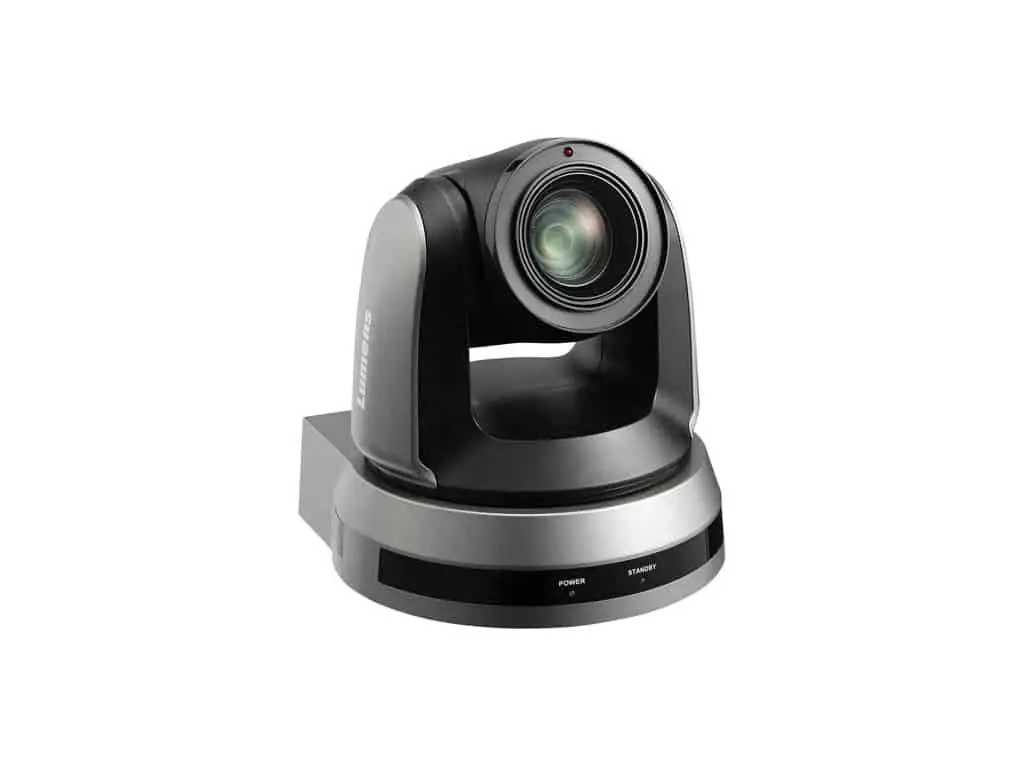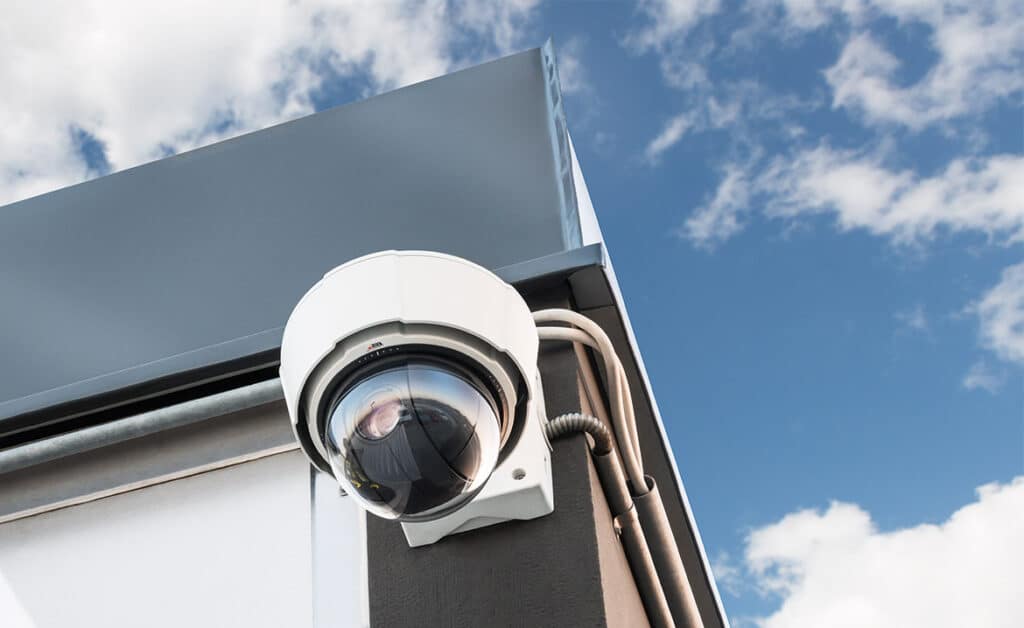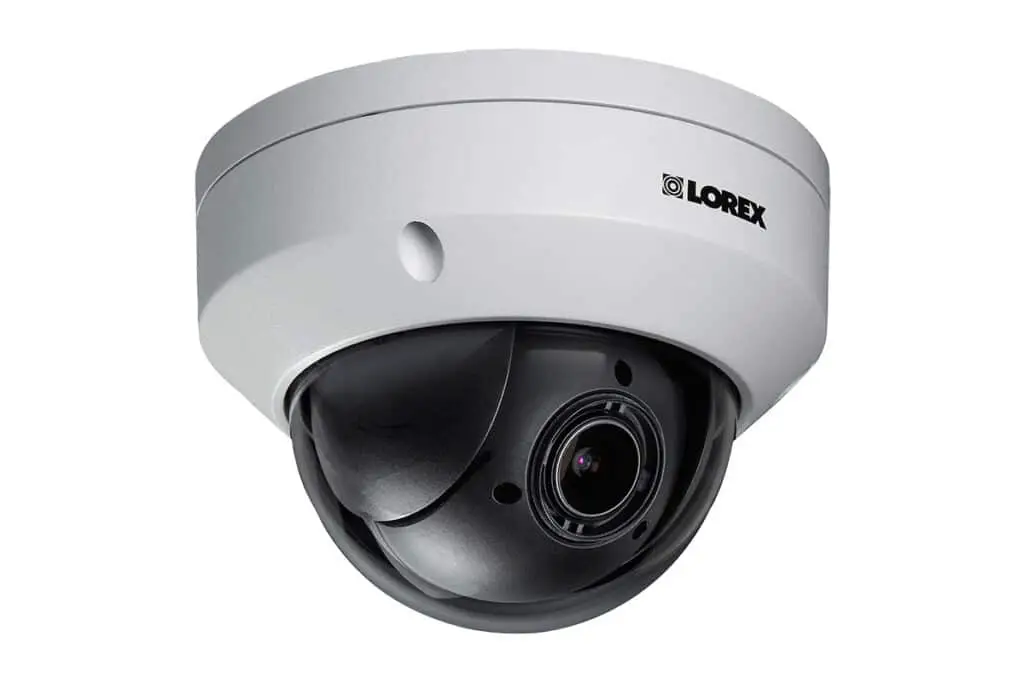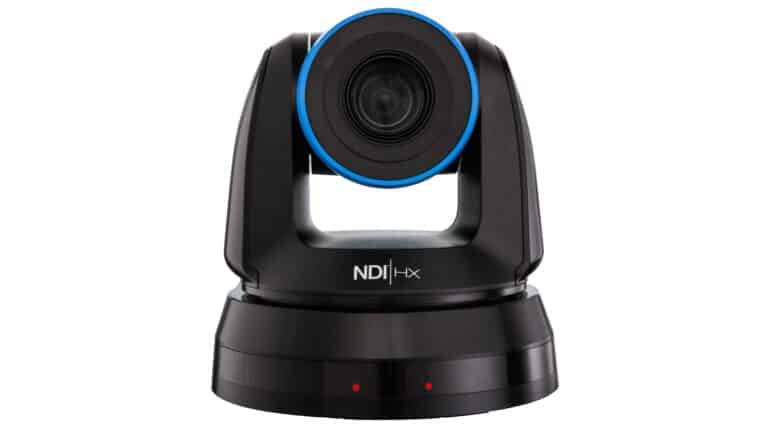Introduction
What Does Ptz Stand For Camera: PTZ stands for Pan-Tilt-Zoom, which refers to a type of camera system widely used in surveillance, broadcasting, and various other applications. The PTZ camera offers a comprehensive range of movement capabilities, allowing it to pan (rotate horizontally), tilt (tilt vertically), and zoom in or out on the subject. These cameras are commonly utilized in environments where the need for monitoring and capturing a wide area is crucial, such as in large-scale security operations, live events, or video conferencing setups.
PTZ cameras are designed to be remotely controlled, offering users the ability to adjust the camera’s position and focus without physically manipulating it. This remote control functionality enables operators to respond quickly to changes in the monitoring area and track subjects of interest. The pan and tilt features allow the camera to cover a wide field of view, while the blink camera function enables capturing fine details from a distance. Such flexibility makes PTZ cameras highly versatile and adaptable to different scenarios.
Typically, PTZ cameras are equipped with advanced motorized mechanisms that allow for smooth and precise movement. They often include built-in motors for panning and tilting, as well as motorized zoom lenses for adjusting the focal length. Moreover, modern PTZ cameras often come with additional features such as image stabilization, low-light capabilities, and intelligent tracking systems that automatically follow moving objects.

What does PTZ stand for and why is it important?
The PTZ (pan, tilt, zoom) camera market has an existing new technology called ePTZ, which stands for electronic pan, tilt, and zoom. The world of pan, tilt, and zoom video is evolving and so are the tools that allow users to digital enhance their video conferences.
Wide Coverage: PTZ cameras can pan and tilt, covering a wide field of view. This feature enables operators to monitor large areas without the need for multiple fixed cameras. One PTZ camera can be moved to record video from different angles, which cuts down on the need for and cost of multiple cameras.
Flexibility and Control: PTZ cameras offer precise control over the camera’s movement and focus. With remote control capabilities, operators can adjust the camera’s position, pan and tilt angles, and zoom level from a central control room or a remote location. This flexibility allows for quick response to changing situations and the ability to track moving subjects effectively.
Zoom Capability: The zoom function of PTZ cameras allows users to capture fine details from a distance. This feature is particularly useful in applications such as surveillance, where it is essential to identify individuals or objects in the footage. The ability to zoom in and out without sacrificing image quality provides enhanced situational awareness.
Intelligent Tracking: Many PTZ cameras come with intelligent tracking systems that automatically follow moving objects. These systems use algorithms to detect and track objects within the camera’s field of view. Intelligent tracking simplifies the monitoring process, as the camera can autonomously focus on and track subjects of interest, reducing the need for constant manual adjustments.
Where is PTZ camera used?
Using PTZ cameras for video surveillance is helpful in a wide variety of settings, including but not limited to guard posts, courtrooms, supermarkets, airports, museums, stores, and restaurants.
PTZ cameras are widely used. They allow operators to monitor broad regions with a single camera, minimizing the requirement for fixed cameras. Pan and tilt provide extensive coverage, while zoom captures tiny details for identification. PTZ cameras boost situational awareness and security in airports, malls, parking lots, banks, and government sites.
Live events and broadcasting use PTZ cameras. These cameras offer dynamic coverage and remote camera positioning, angle, and zoom. They capture numerous viewpoints and perspectives in television studios, sports arenas, concert venues, and other live event locations for an immersive experience.
PTZ cameras provide high-quality videoconferencing. To catch everyone, they pan, twist, and zoom. Remote-controlled PTZ cameras may concentrate on speakers or rooms during video conferences, boosting cooperation.
What is PTZ speed in CCTV camera?
What is a PTZ camera? PTZ cameras are another name for security cameras that can pan and tilt. Here, the name speed domes has established itself due to the sometimes very high rotational speed of up to 400° / second. For the abbreviation PTZ, the P stands for Pan, so pan, T for tilt as tilt and Z for zooming.
PTZ speed is measured in °/s and mm/s for pan, tilt, and zoom. Model-specific PTZ camera speeds vary. Speed is set by the monitoring app.
How quickly a PTZ camera can cover an area is based on how fast it can pan and turn. Pan and tilt speeds that are faster help track things that are moving quickly. A high-speed PTZ camera can quickly change itself to record an intruder’s actions and give you clear video.
The camera’s zoom speed tells you how fast it changes between wide-angle and telephoto views. Faster zoom speeds are faster and more sensitive for quickly changing the focus or capturing details. High-speed zooms let people who work in spying see more clearly.
What is the range of PTZ camera?
Long range IP PTZ camera with a range of 5,10,15 km range.
PTZ cameras can rotate horizontally (pan) and vertically (tilt). Movement is usually measured in degrees. A PTZ camera may have a pan range of 360 degrees, allowing it to revolve horizontally, and a tilt range of -90 to +90 degrees, allowing it to tilt from straight down to straight up.
PTZ cameras may alter their focal length to magnify or broaden the view. Its optical zoom value is usually 10x, 20x, or higher. The optical zoom range shows how much the camera can enlarge the image from the broadest angle. A 20x optical zoom PTZ camera may zoom in 20 times closer to a topic than its widest angle. Capturing fine details of faraway objects or people requires this range.
The effective range of PTZ cameras comprises pan/tilt and zoom. This is the camera’s range for recording usable video. Resolution, image stabilization, lighting, and fog or haze impact camera range.
Does PTZ camera have night vision?
See in color – even at night
This PTZ has high-powered infrared LEDs that can view 300ft at night with ambient lights. When ambient light is sufficient, this camera will automatically use our Color Night Vision™ (CNV) technology.
IR lighting lets PTZ cameras see at night. These cameras’ image sensors can detect infrared light from their built-in IR LEDs, which are invisible to humans. IR light lets the camera take good photographs in total darkness.
PTZ camera models differ in night vision range and performance. Some PTZ cameras have a few dozen-meter IR range, while others have over a hundred. The camera’s IR range determines how far its IR LEDs can illuminate the area for quality imaging.
Some advanced PTZ cameras use IR lighting and other low-light technologies. Low-light image sensors, WDR, and electronic picture stabilization are examples. These technologies enhance image quality and visibility in low light.

Do PTZ cameras work only with internet?
If IP cameras, despite the moniker “Internet Protocol,” do not need a live Internet connection, how to power a PTZ Camera then? Having access to a LAN is all that’s needed. For example, you might connect your IP camera to your computer’s Ethernet connection to create a very simple version of this LAN.
Online PTZ cams can be controlled from afar. A web browser or dedicated app lets users control the camera’s movements and settings remotely.
Internet access allows remote PTZ camera monitoring. View the camera’s live stream, recorded footage, and real-time alerts. This is useful for surveillance applications that require monitoring from several locations or mobile users that need to view the camera feed.
Internet-connected PTZ cameras can use cloud storage and administration. Uploading video to secure cloud servers simplifies access, storage, and retrieval. Cloud-based systems also offer backup and scalability for massive video files.
These ranges make it easy for the camera to keep an eye on a lot of areas. Cameras with better image stabilization and higher quality can often take more detailed videos from farther away. IP-based security systems employ PoE to install cameras and simplify setup.
What power supply required for PTZ camera?
PTZ IP cameras can use POE connectivity to power them adequately. Cameras often: Require 12v DC or 24v AC. Come with their own power supply.
Standard AC power powers many PTZ cameras. A power adapter transforms AC wall outlet electricity into DC voltage for certain cameras. A power cable connects the camera to the power source once the power adapter fits into the camera’s power input port. Indoor PTZ cameras and setups near outlets require AC power.
One Ethernet connection powers and networks PoE PTZ cameras. PoE technology transmits power and data over one cable, removing the need for a power source. Powering PoE-capable PTZ cameras requires a network switch or injector that injects electricity into the Ethernet wire.
Some PTZ cameras use DC power. These cameras feature terminal blocks or DC barrel connectors for power. An external power supply device may deliver DC power at the camera’s voltage and current. Outdoor PTZ cameras and systems without AC power utilize DC power.
Can you control PTZ cameras remotely?
A networked PC with PTZ Optics software is one of the most dependable and cost-effective solutions to remotely operate your PTZ camera. This software allows users to take full control over their PTZ cameras from anywhere on their local area network (LAN).
Ethernet and wireless are common PTZ camera network connections. Remote control and camera functionality are possible with this network connection. Computers, laptops, smartphones, and tablets may connect to the camera’s interface or software through the network.
Many PTZ cameras can be operated online. Users may access the camera’s interface remotely using the IP address or a custom URL. Web-based interfaces provide real-time camera adjustments with pan, tilt, and zoom options.
PTZ cameras with specific software provide sophisticated control and administration. This camera manufacturer-provided software lets users remotely manage numerous PTZ cameras, establish presets, define patrol routes, and modify other camera settings. The program controls all of the PTZ cameras from one place.

Conclusion
PTZ stands for Pan-Tilt-Zoom, which represents a type of camera system that offers exceptional flexibility and control for capturing video footage. The acronym PTZ encapsulates the key features of these cameras, namely their ability to pan (rotate horizontally), tilt (tilt vertically), and zoom in or out on the subject. This functionality, combined with remote control capabilities, allows users to monitor and record events from various angles and distances.
The pan and tilt features provide a broad perspective, while the zoom functionality lets you capture tiny details from afar.
Modern PTZ cameras also include image stabilization, low-light capabilities, and sophisticated tracking algorithms. Enhancements improve the camera’s performance, guaranteeing high-quality video in diverse settings.

